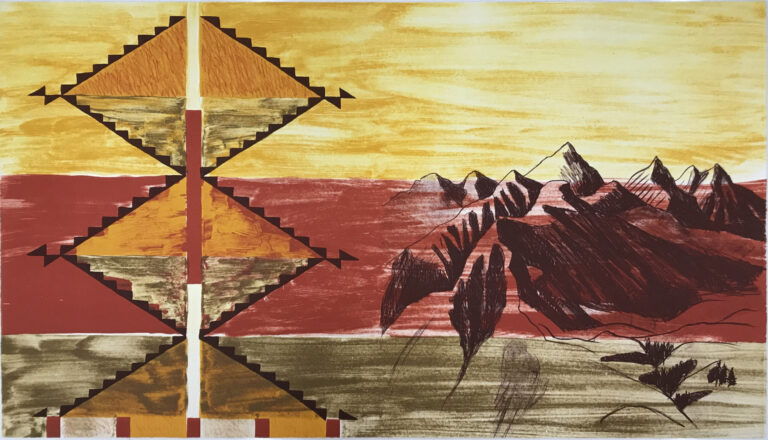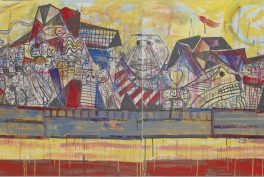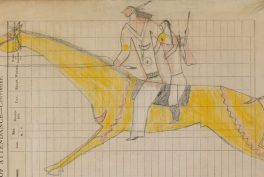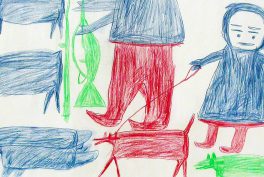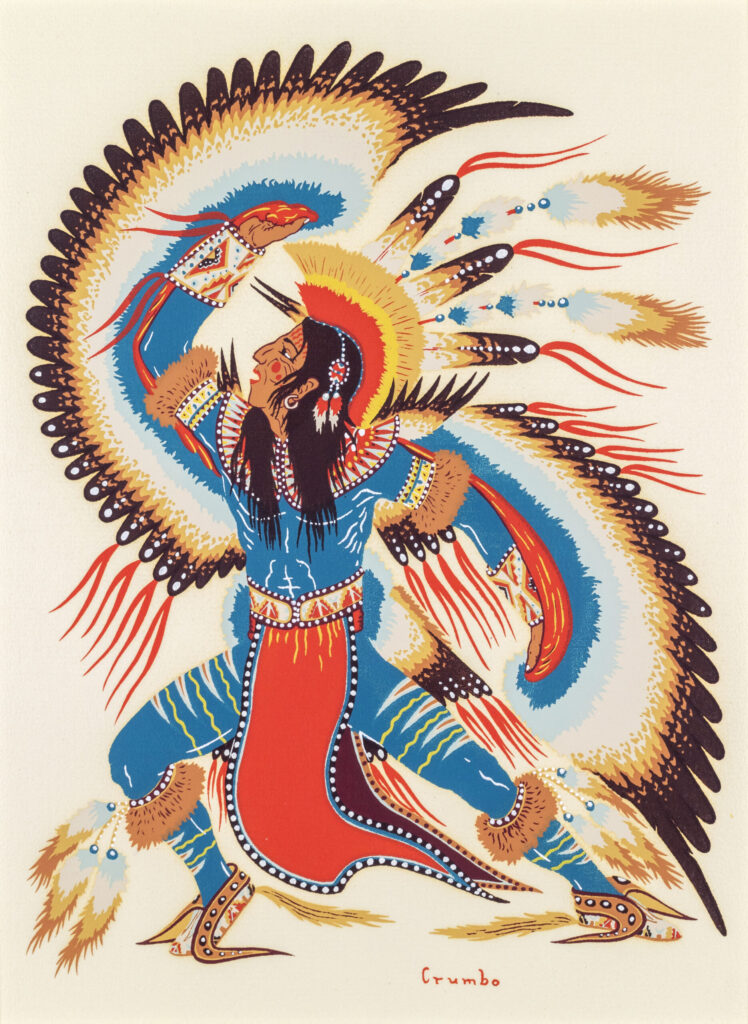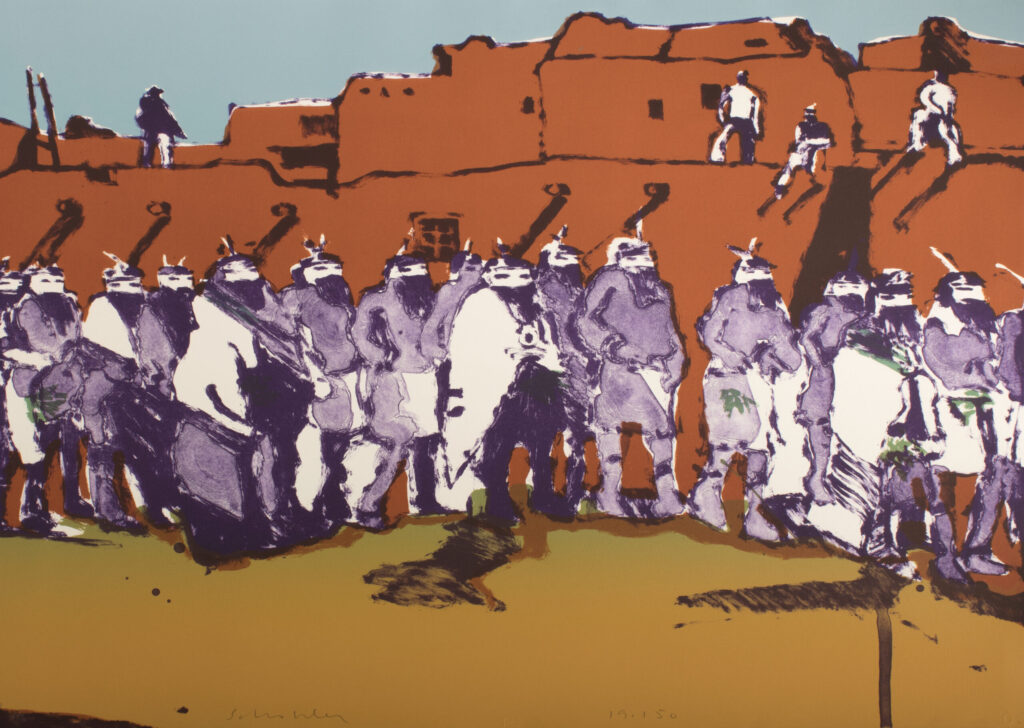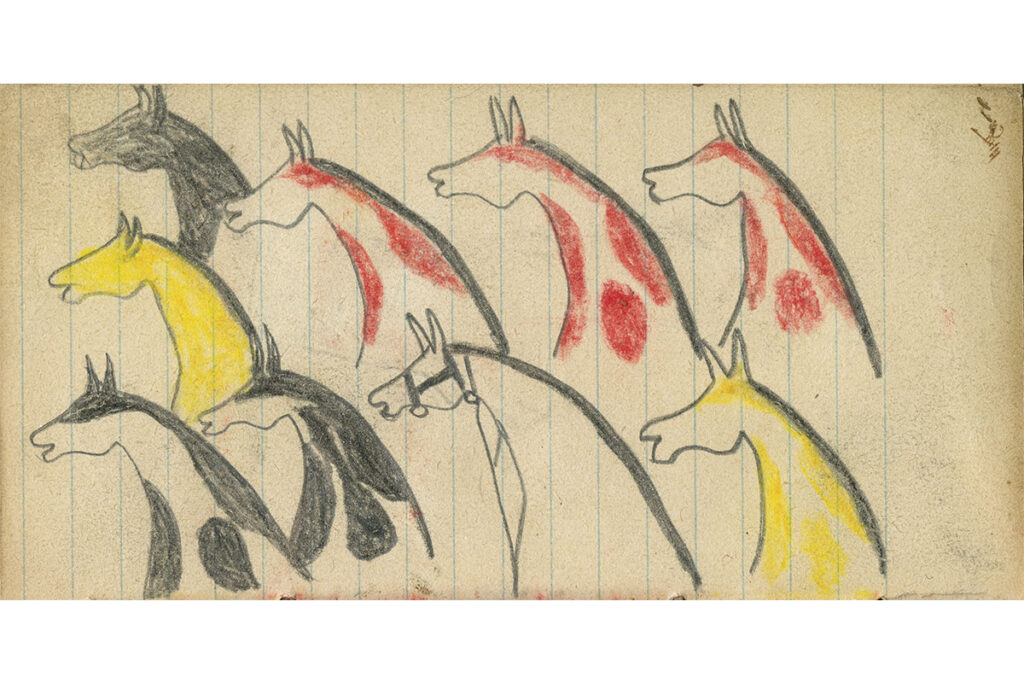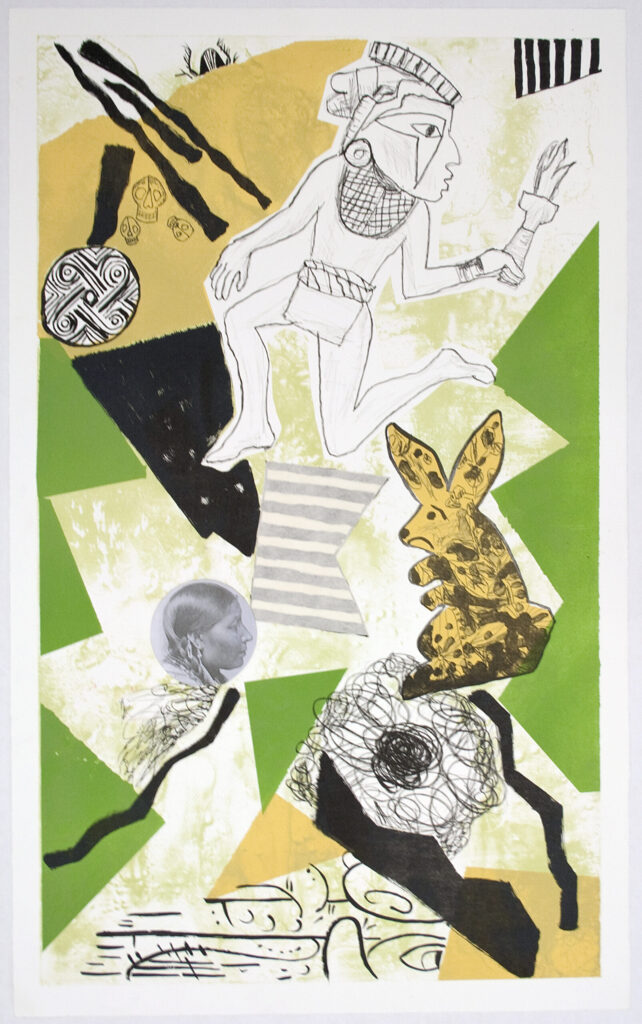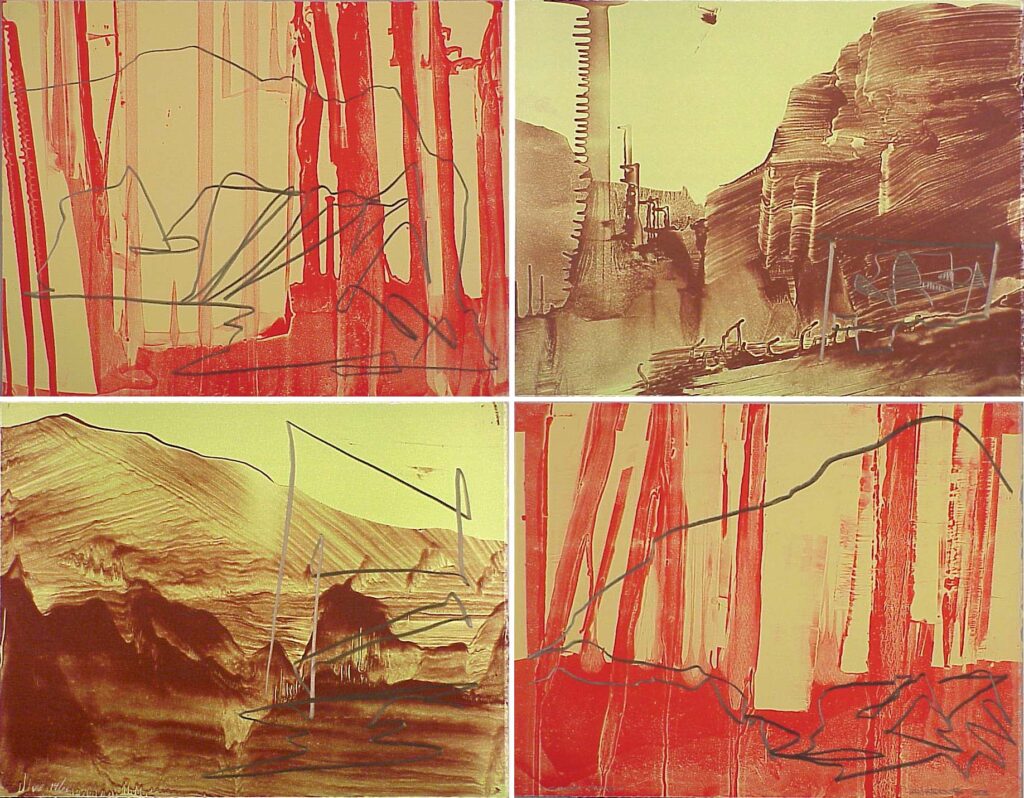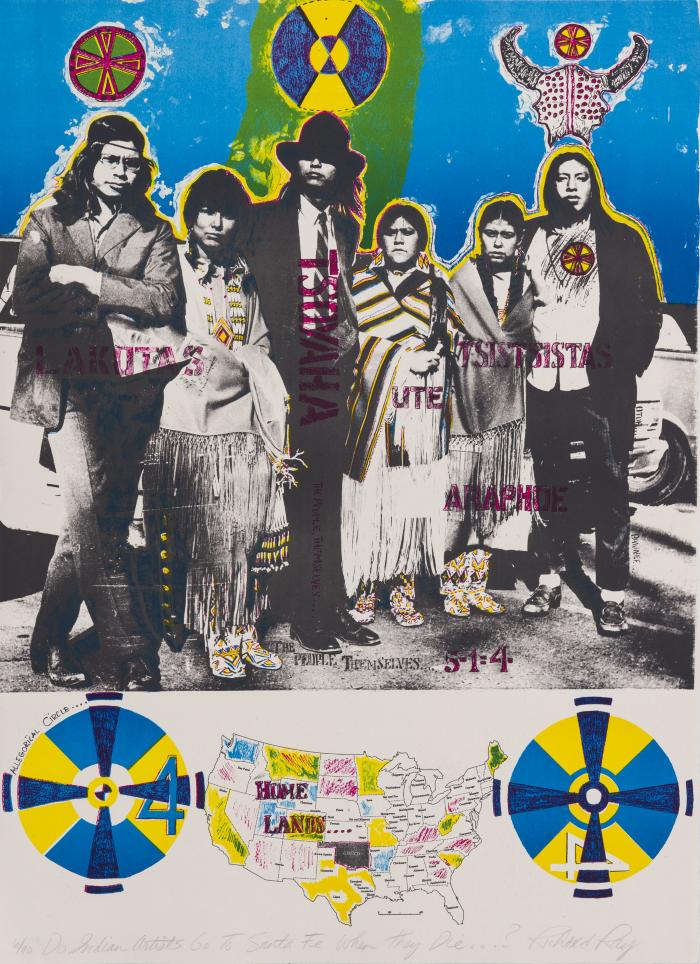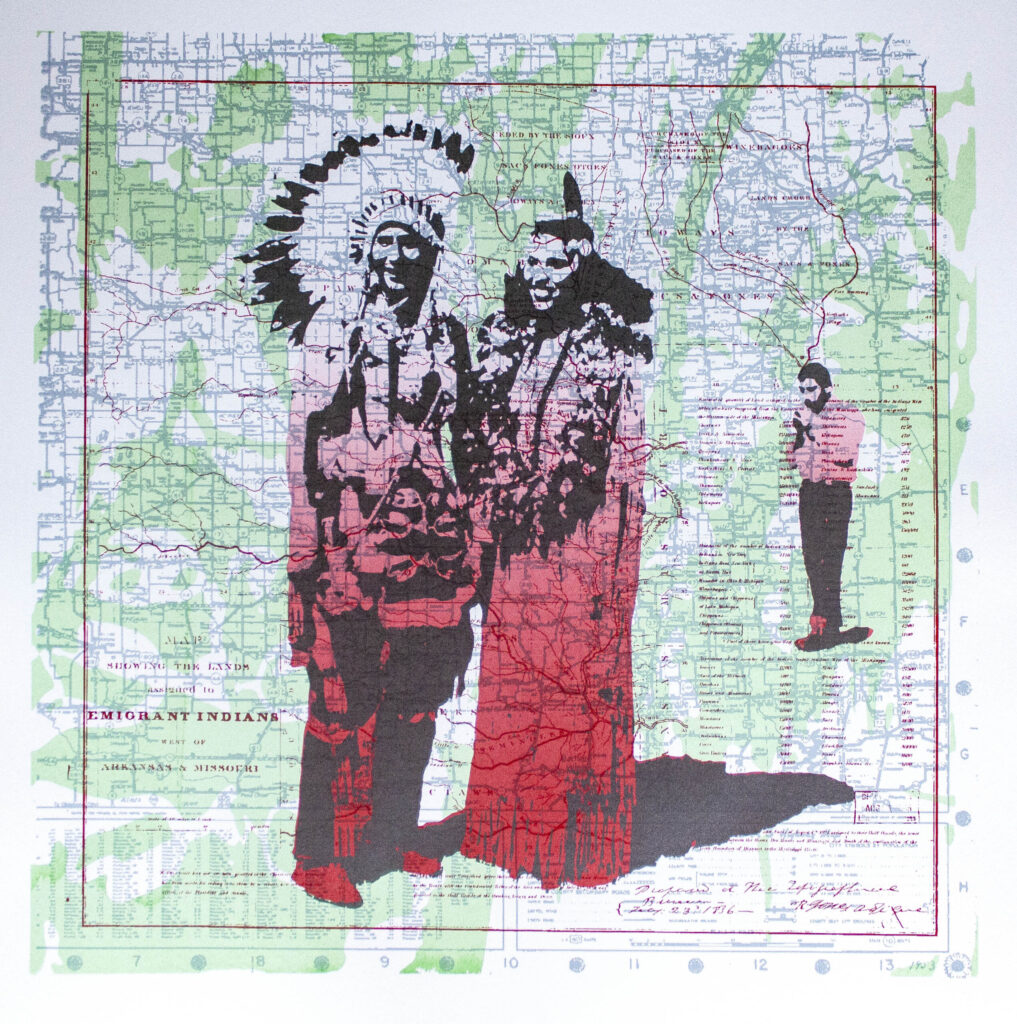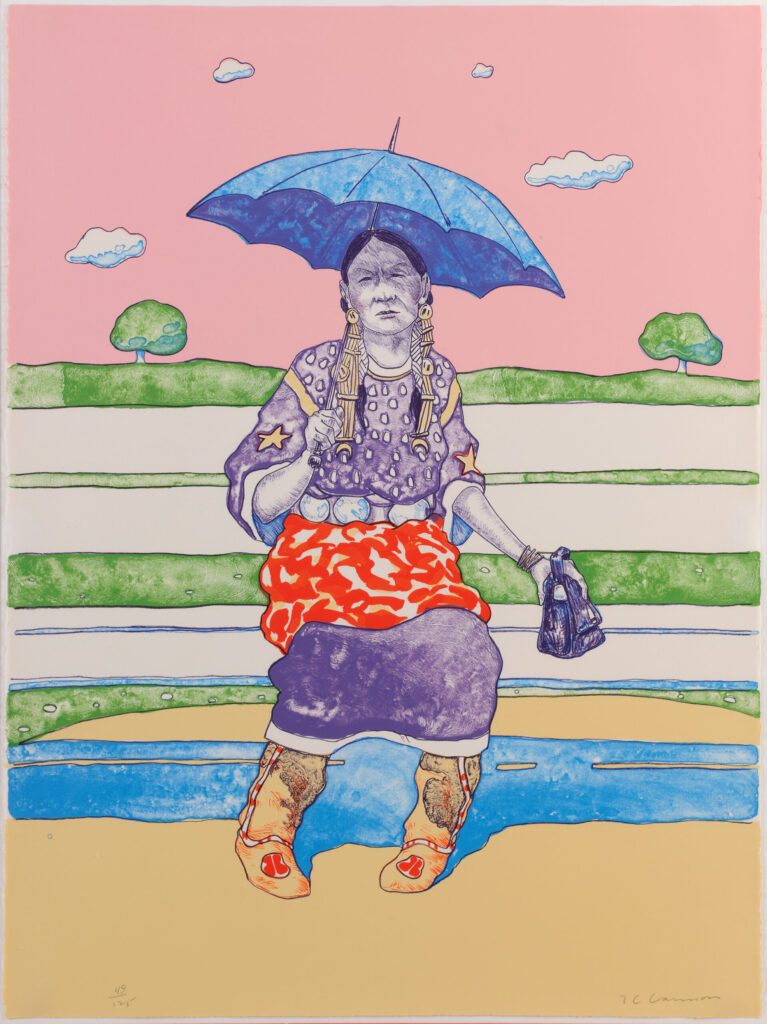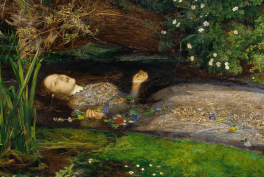At the Georgia Museum of Art, we recognize our role as settlers and guests in Northeast Georgia. The University of Georgia and surrounding region is the ancestral homeland of Muskogean-speaking peoples and Cherokee groups, as well as many other Indigenous caretakers. They were the original stewards of this land and water since time immemorial and continue to retain their ancestral connection to the land of Georgia. We value the enduring influence of the vibrant, diverse, and contemporary cultures of Indigenous peoples. We are conscious of the role in colonization that museums have played. We choose to hold ourselves accountable to appropriate conversation, representation, connection, and education to facilitate a space of measurable change.
Georgia Museum of Art Curators
